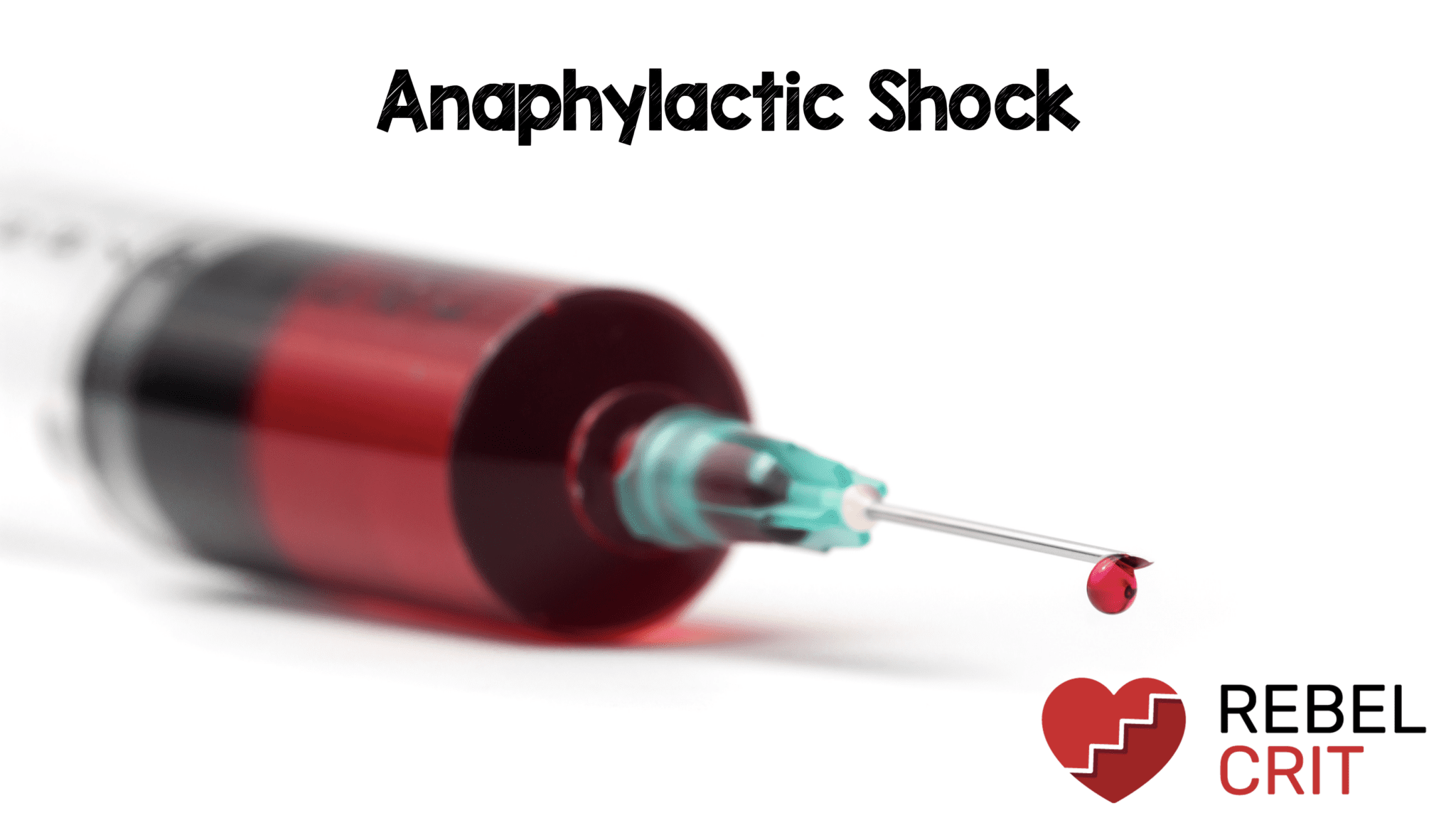
Understanding Anaphylactic Shock
Anaphylactic shock is the most severe form of anaphylaxis, a life-threatening allergic reaction that can occur when the body's immune system overreacts to a trigger. This reaction leads to the release of chemicals that cause a sudden drop in blood pressure and narrowing of airways, which can potentially stop the heart or breathing if not treated immediately. It is crucial to understand what anaphylactic shock is, its symptoms, how it differs from regular anaphylaxis, and the steps needed for effective treatment.
What Causes Anaphylactic Shock?
Common allergens that can trigger anaphylactic shock include:
- Foods: Peanuts, tree nuts, eggs, milk, sesame, and shellfish are among the most common culprits.
- Insect Stings: Bees, hornets, and wasps can cause severe reactions.
- Latex: Some people have serious reactions to latex products.
- Medications: Antibiotics, chemotherapy drugs, iodine-containing contrast agents used in CT scans and MRIs, and nonsteroidal anti-inflammatories can also be triggers.
These allergens can cause the immune system to overreact, leading to a cascade of severe symptoms that require immediate attention.
Symptoms of Anaphylactic Shock
The symptoms of anaphylactic shock are similar to those of anaphylaxis but more severe. They can affect multiple parts of the body and may include:
- Difficulty breathing: Wheezing, a tight throat, or a hoarse voice.
- Swelling: Of the face, lips, or tongue.
- Cardiovascular issues: A rapid heartbeat, cardiac arrest, or arrhythmia.
- Skin reactions: Flushing, hives, or itching.
- Dizziness or fainting: Due to plummeting blood pressure.
- Gastrointestinal problems: Cramping, diarrhea, or vomiting.
- Mental changes: Confusion or a feeling of impending doom.
These symptoms can appear rapidly and escalate quickly, making prompt action essential.
Differentiating Anaphylaxis and Anaphylactic Shock
While both conditions involve an allergic reaction, the key difference lies in the involvement of the cardiovascular system. Anaphylactic shock often causes a significant drop in blood pressure, leading to dizziness or fainting. In extreme cases, there may be no detectable pulse due to cardiovascular collapse. This makes anaphylactic shock one of the most severe forms of anaphylaxis, with a high risk of mortality if not treated promptly.
Treating Anaphylactic Shock
Immediate treatment is critical for anaphylactic shock. The first line of defense is epinephrine, which can be administered via an auto-injector or nasal spray. Epinephrine helps reverse swelling, restore breathing, and support blood pressure. However, using epinephrine is just the first step.
After administering epinephrine, it is essential to call emergency services (911) immediately, even if symptoms seem to improve. Additional treatments at the hospital may include intravenous fluids, oxygen, and other medications. Delayed treatment increases the risk of fatal outcomes, so time is of the essence.
If someone loses consciousness during an anaphylactic shock, it is important for family and friends to know how to respond. Lying the person flat and elevating their legs can help increase blood flow to the brain while waiting for medical help.
Risk Factors for Anaphylactic Shock
Several factors can increase the risk of experiencing anaphylactic shock, including:
- History of anaphylaxis: Individuals who have had previous severe allergic reactions are at higher risk.
- Age: Advanced age can contribute to more severe reactions.
- Medications: Certain drugs like ACE inhibitors and beta-blockers may increase the risk.
- Comorbidities: Conditions such as asthma, cardiovascular disease, food allergies, and mast cell disorders can play a role.
- Delayed access to epinephrine: Not having quick access to treatment can worsen outcomes.
- Exercise after eating allergens: Physical activity following exposure to an allergen can trigger more severe reactions.
Why Anaphylactic Shock Should Be Taken Seriously
Even if someone has never experienced a severe allergic reaction before, they could still develop one at any age. Adult-onset food allergies are becoming more recognized, and reactions can be just as dangerous as those that begin in childhood. Additionally, past mild reactions do not guarantee future mild ones; some people experience unpredictable reactions that can escalate quickly.
Once a severe reaction has occurred, the risk of future severe reactions increases significantly. Therefore, it is crucial for individuals with allergies that can lead to anaphylaxis to always carry two epinephrine devices and seek immediate medical care upon exposure to an allergen.
Key Takeaways
Anaphylactic shock requires immediate treatment with epinephrine, and calling 911 is essential. It is different from regular anaphylaxis because it always involves the cardiovascular system, which can lead to dizziness or loss of consciousness. Individuals with conditions like asthma, those on certain medications, or those of advanced age may be at higher risk. Understanding these factors and being prepared can make a critical difference in outcomes.
Comments
Post a Comment